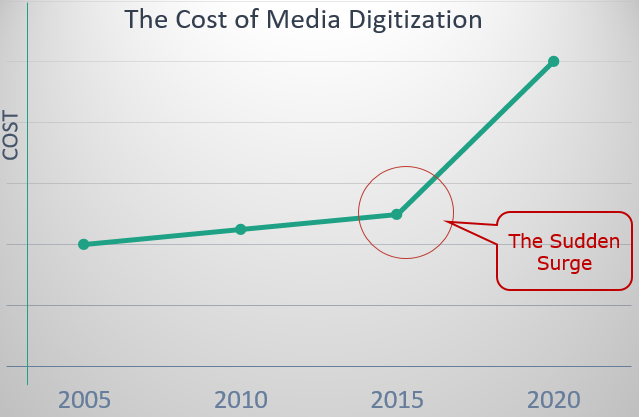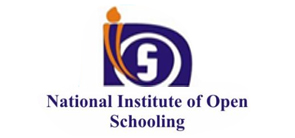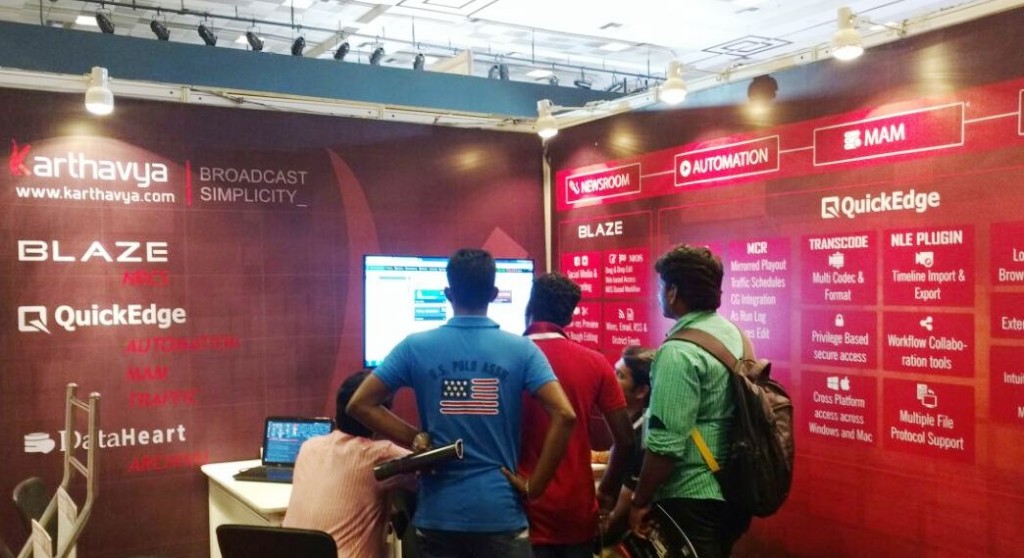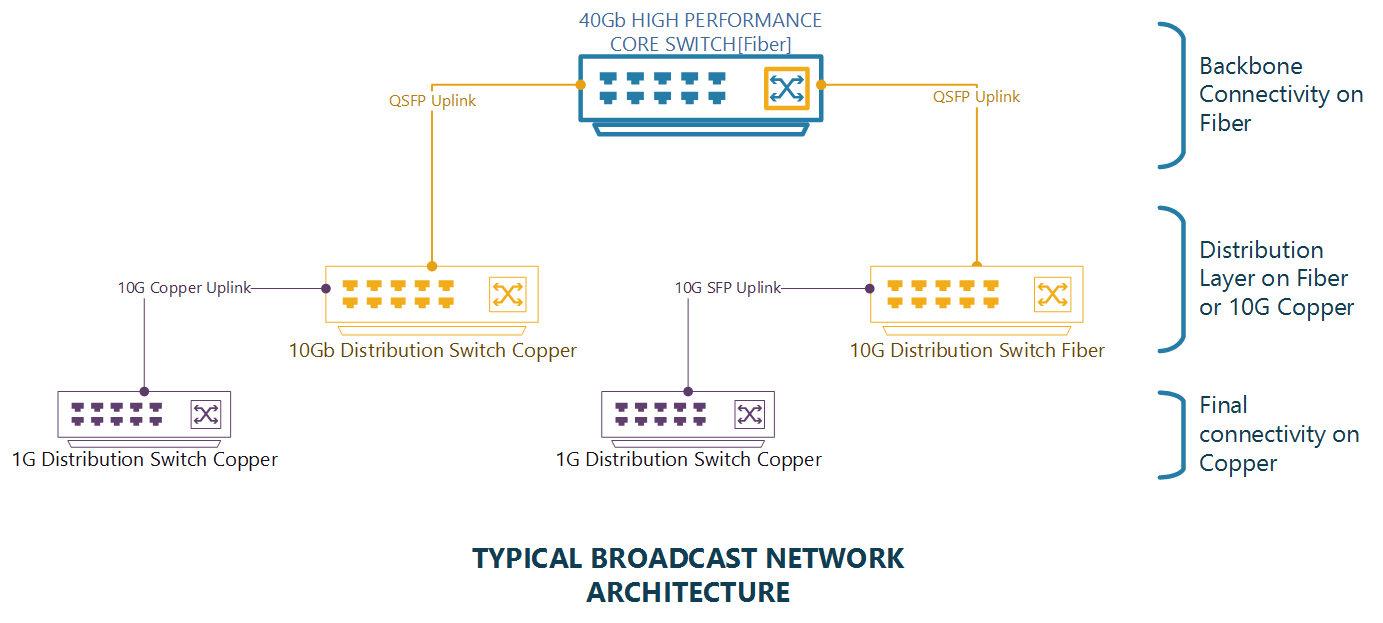Whats happening @ karthavya
The latest news and technology updates from karthavyaThe right time to Digitize Media lying on your tapes is “RIGHT NOW”
A number of Broadcasters are sitting on a huge pile of valuable media lying on legacy Tapes. The need to digitize them has been growing stronger over the years. We have reached a point where further delays in Digitization could punch a huge hole in your pocket.
Observing industry trends one thing is clear – in the past couple of years the cost of digitization is increasing exponentially. This could be due to the following reasons
- Discontinuation of VTR manufacturing by major vendors.(Source). With this we have to rely upon used VTR’s, they will be difficult to find as days progress.
- Since most of the Broadcast Environments are now File based, the Manpower expertise to hande legacy tapes is fast diminishing and becoming an rare expertise.
- As tapes are getting old the chances of data corruption are higher, this in turn will need restoration which will be an additional burden. Restoration is a manpower intensive hence a costly affair.
The RIGHT TIME to digitize media is right NOW
Suddi TV : Karnataka’s First HD News channel goes ON-AIR with an End-to-End Karthavya Automation Solution
Suddi TV a 24/7 HD News channel based in Bangalore was launched yesterday, Karthavya broadcast Solutions make the Core backbone of the IT infrastructure at Suddi TV. The following solutions part of the QuickEdge Automation Suite were deployed here :
- BLAZE Newsroom computer System
- QuickEdge PCR Playout
- QuickEdge MCR Playout
- QuickEdge Ingest
- QuickEdge Automation
- QuickEdge MAM
- DataHeart HSM Module
- QuickEdge Broadcast Management System
QuickEdge Automation now Integrates seamlessly with Imagine Nexio™ AMP® Video Server and Nexio® Farad™ Online Storage
While QuickEdge Playout and Ingest applications now tightly integrate with Imagine Nexio AMP Video Servers, QuickEdge Media Worker and QuickEdge MAM seamlessly work with the Nexio Farad Online storage for a smooth MOS based workflow.
Ingested media from QuickEdge Ingest application can be immediately browsed over the QuickEdge MAM terminals. A quick edit can be performed within the MAM interface and pushed to the NRCS.
QuickEdge Automation is now integrated with GrassValley K2 Servers on the Advanced Media Protocol[AMP]
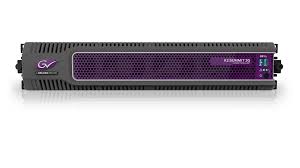 QuickEdge Automation now works with GrassValley K2 Servers using the AMP Protocol additional to the earlier supported VDCP protocol. QuickEdge Automations leverages AMP protocol’s advantages in Connectivity, Reliability and Extensibility to provide a cohesive and integrated automation solution with GrassValley Servers and Storage.
QuickEdge Automation now works with GrassValley K2 Servers using the AMP Protocol additional to the earlier supported VDCP protocol. QuickEdge Automations leverages AMP protocol’s advantages in Connectivity, Reliability and Extensibility to provide a cohesive and integrated automation solution with GrassValley Servers and Storage.
Karthavya is at Broadcast India Show – Mumbai at Stall number B-220

Register here to set up a meeting with us
National Institute of Open Schooling(NIOS) chooses QuickEdge Automation
Karthavya @ Broadcast & Media technology Expo, Chennai
QuickEdge Automation integrates with Rohde & Schwarz ®VENICE – The ingest and production server
QuickEdge Automation now works with Venice – Ingest & production server from Rhode & Schwarz. With this addition QuickEdge increases its array of choices in front of the customer for robust world class Production servers.
Rohde & Schwarz is among the world market leaders in its established business fields. It is the world’s leading manufacturer of wireless communications and EMC test and measurement equipment, as well as of broadcasting and T&M equipment for digital terrestrial television.
Mangalam Group chooses Karthavya for End-to-end Automation of its HD News channel

Mangalam Group after meticulous evaluation has chosen karthavya as the end to end News Automation Solution provider for its upcoming HD News channel in Kerala.
The news automation solution includes : Blaze newsroom Automation, QuickEdge Playout Automation, QuickEdge MAM, QuickEdge HSM and QuickEdge Traffic & Scheduling.
Karthavya Solutions were the choice for the Robustness and Open architecture of the solution, which allows workflows working with variety of devices from different vendors cohesively.
About Mangalam Group:
Mangalam Group of Companies is in one of the India’s largest media houses with publications in multiple languages.
– See more at: http://www.mangalam.com/about-us
BLOG: Optimizing Broadcast Networks
With changing dynamics of media in Broadcast, data transfer rates are multiplied with HD and UHD formats. Also as IP based media workflows are gathering pace networking infrastructure is becoming critical to broadcast workflow.
With changing dynamics of media in Broadcast, data transfer rates are multiplied with HD and UHD formats. Also as IP based media workflows are gathering pace networking infrastructure is becoming critical to broadcast workflow.
Getting the right mixture of Fibre and Copper
Broadcast network engineers are often divided between Fibre and Copper as the network of choice for Backbone connectivity. While fiber promises the highest switching speeds at the least latency, Copper provides cost-effective connectivity and simplified distribution. This decision between the two should be made based on the organization size, speed, and latency requirements. For a small organization without Network engineers and moderate bandwidth requirements copper-based 10G connectivity would be better suited as setup and cabling are faster. For a large organization with high bandwidth requirements and long-running cables, fiber is the best choice.
Why 10G Everywhere isn’t the answer
Over specified networking isn’t the smart way of solving networking issues. A lot of broadcast systems out there need only Gigabit networks to run.
Example: An FTP server used to send media from remote locations. FTP servers are often connected to an Internet bandwidth of few Mbps. So the throughput of the system practically cannot exceed the Gigabit network limit at any point in time. So it’s very important to identify systems that require 10G or higher connectivity and the ones which need only gigabit connectivity.
Identifying the bottlenecks
Often even with the best network architecture, the networking team is often made accountable for slow data transfers. The cause for slow data transfer could often be non-network related. Below are few common non-network related bottlenecks to check for:
Storage: One of the main reasons for slow data movements is storage performance. Storages Systems are optimized to work at their best up to a certain IOPS. Once the IOPS increases a threshold the storage performance either saturate or can even deteriorate. Proper resource utilization planning through storage management software can help in avoiding storage-related throughput issues.
NLE Performance: HD and UHD video rendering is a highly resource-intensive process. Unless it’s a modern NLE workstation older machines struggle in this department and delays caused are misinterpreted as network delays. It’s very important to have a well-designed workstation for HD and UHD NLE’s.
Up-linking Bandwidth: All critical machines such as Servers, Storages, and NLE machines should be connected to the backbone network with the highest bandwidth connectivity. Primary distribution switches up-linking to the backbone switches should be carefully planned to avoid bottlenecks at uplink ports.
Karthavya a core software company has a decade of experience in implementing high-speed network systems optimized for Broadcast workflow. Contact us for more information.


